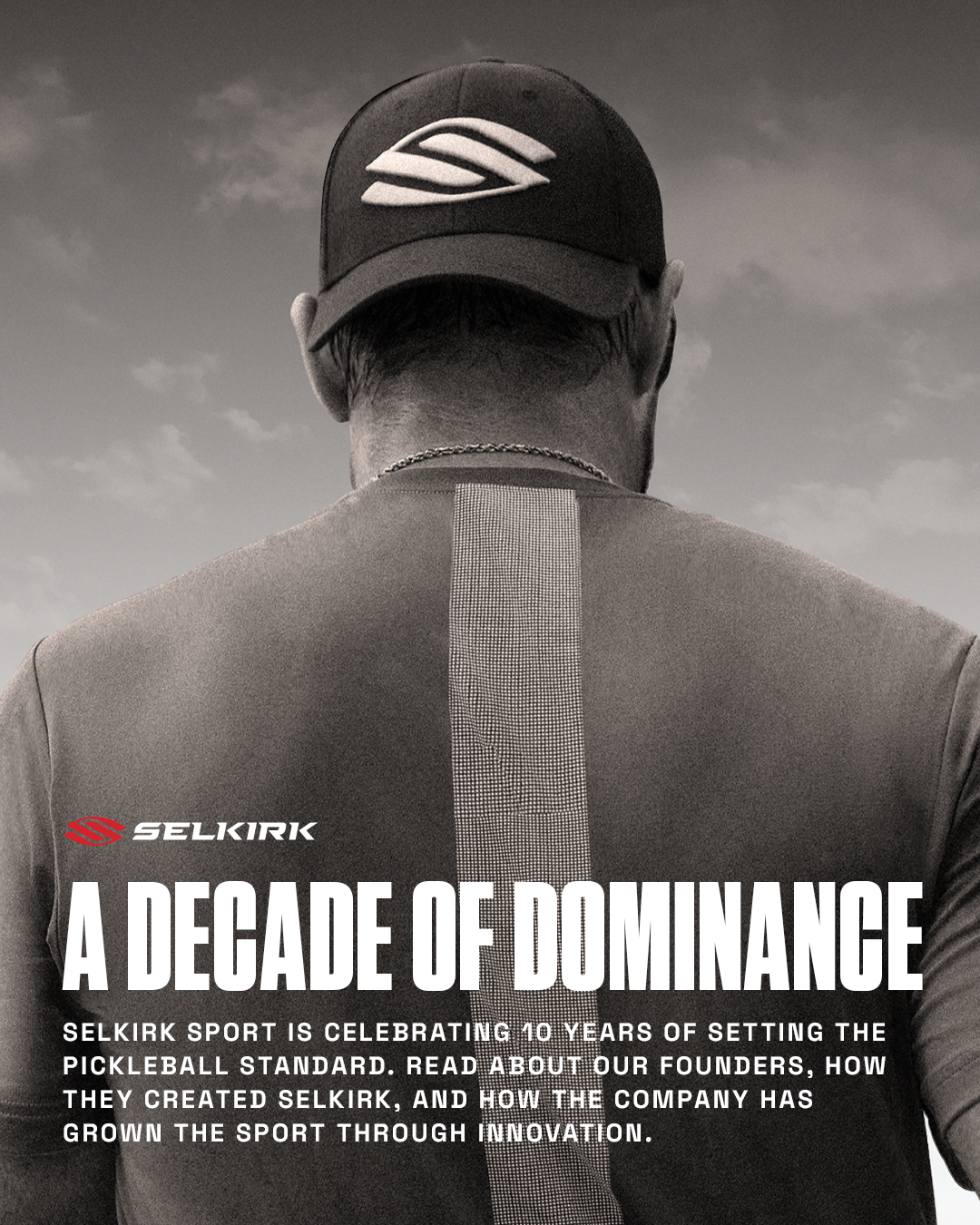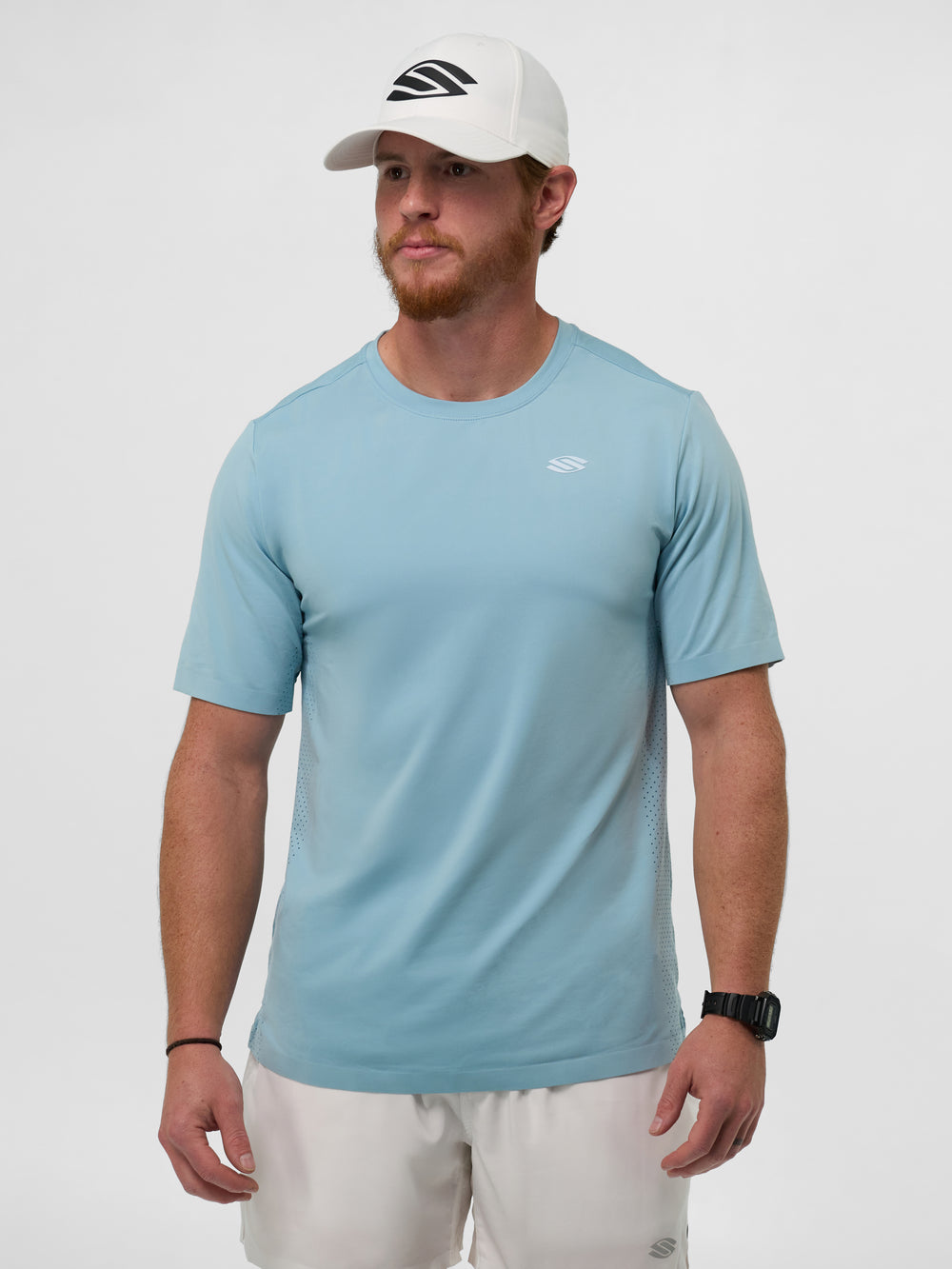If you’re looking to add more pop to your shots, finish points with authority, or drive the ball past your opponent at the kitchen line, a power pickleball paddle might be what you need.
Technique and timing are essential, but having the right paddle can enhance your ability to generate speed and force behind the ball. However, not all paddles are created equal when it comes to power. So what makes a paddle powerful — and how do you choose the right one?
Key elements of power paddle technology
1. Paddle core: Material and thickness matter
The core of a paddle has a major influence on how it plays. For power-focused paddles, thinner cores — typically around 13 mm — are preferred. A thinner core offers less flex at impact, which means more energy is transferred directly into the ball for higher velocity.
Many high-performance paddles use polymer honeycomb cores, which provide a balance of power and control, but newer materials like foam-injected cores are pushing the limits of paddle stiffness and responsiveness.
2. Surface material: Carbon fiber vs fiberglass
The paddle face is another key factor. Carbon fiber surfaces are commonly used in power paddles because they are stiff and efficient at transferring energy. This rigidity minimizes energy loss at contact, leading to faster ball speeds.
Some paddles use raw carbon fiber, which not only delivers pop but also adds spin potential due to the naturally textured finish.
In contrast, fiberglass faces tend to have more flex and absorb more energy, making them better suited for control players rather than power hitters.
3. Unibody and thermoformed construction
In recent years, thermoforming has become a buzzword in the paddle world — and for good reason. Thermoformed paddles, especially those with unibody construction (where the handle, throat, and paddle face are molded as one continuous piece), create a more rigid structure. This stiffness helps maximize power output and increases durability.
Foam injection around the edges, another feature often found in thermoformed paddles, also adds stability and a larger sweet spot, which can enhance consistency when swinging hard.
4. Weight and balance: power vs maneuverability
Weight plays a big role in how much power a paddle generates. Heavier paddles (usually 7.8 oz or more) carry more momentum and can help you hit with extra pace. However, there’s a trade-off in terms of hand speed and reaction time at the net.
The balance point also matters: a paddle with a head-heavy feel will generate more swing power, while a more evenly balanced paddle can help you maintain quick hands for fast exchanges.
What to look for in a power paddle
When choosing a paddle designed for power, keep an eye out for:
-
Thinner core thickness (around 13 mm)
-
Stiff, raw carbon fiber surface
-
Thermoformed construction with foam edge walls
-
Unibody design for maximum energy transfer
-
A weight in the mid-to-high range (typically 8.0 oz)
-
Head-heavy balance point for added swing momentum
How power paddles fit into your strategy
Switching to a power paddle can elevate your offensive game, particularly if you like to attack off the bounce, hit drives, or dominate from mid-court.
But it’s important to make sure your paddle complements your play style — if you tend to rely on dinks and resets, you will likely sacrifice some control when switching to a more aggressive setup.
To find the right fit, test different models before purchasing and pay attention to how they feel in your hand, how much pop you get off the sweet spot, and whether you can maintain consistency with your touch shots.
























































